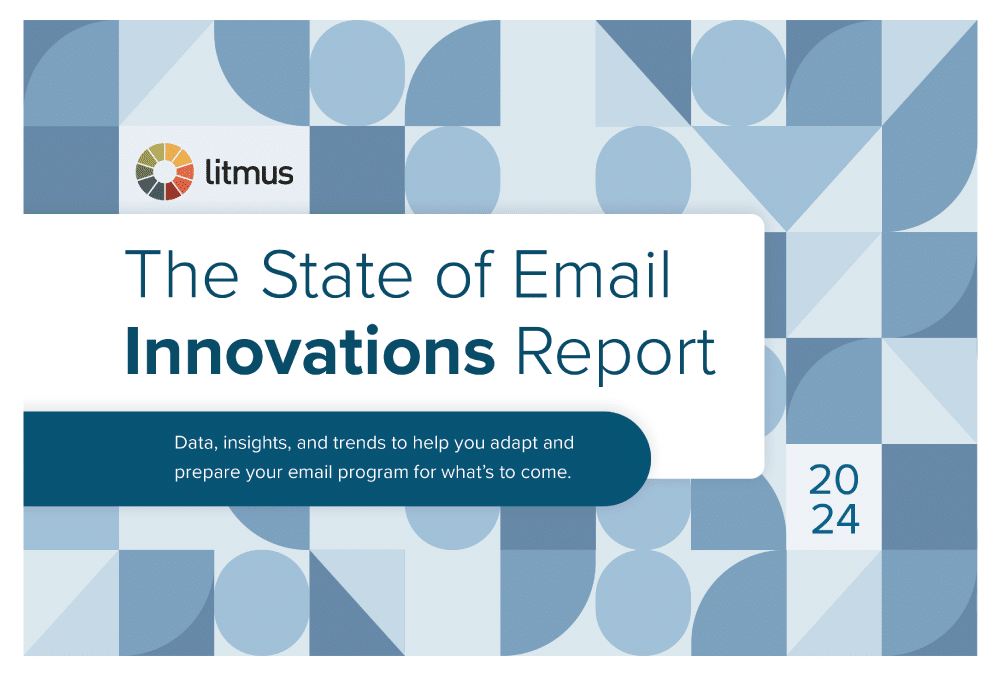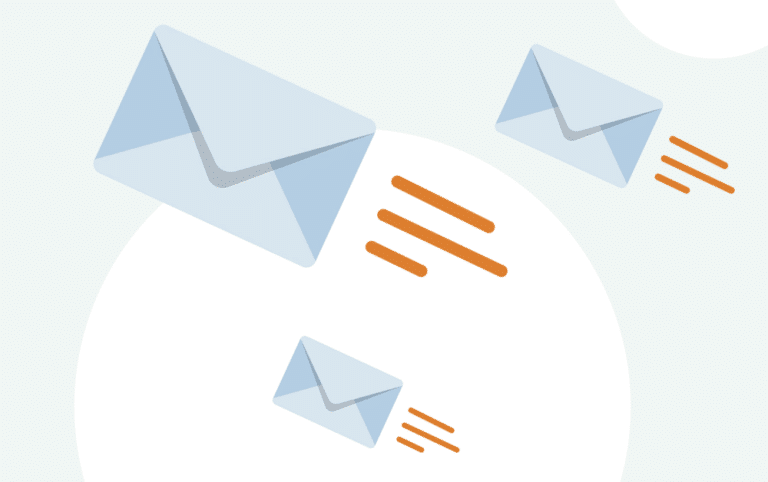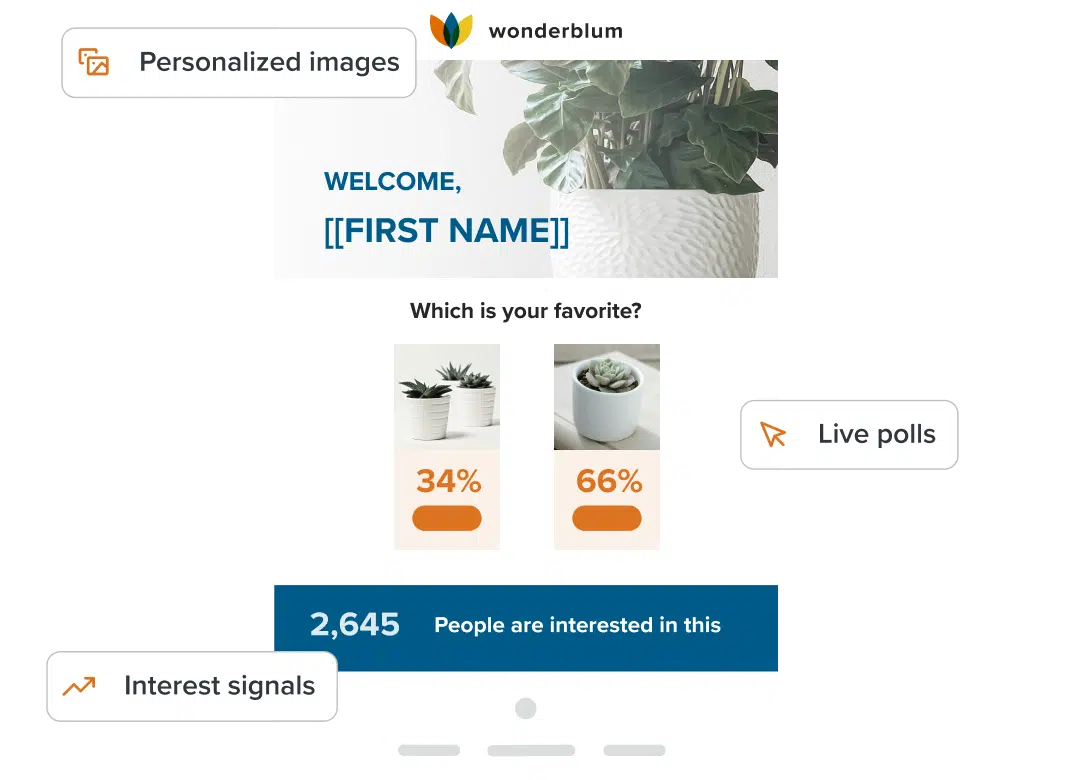What do you think we’re talking about when we say the words “email personalization”? Are you thinking about merge tags or dynamic content? Segmentation and automation? Profile or behavior-based automations? Or all of the above?
While the technology, functionality, and overall options you have available when it comes to personalizing an email has changed—we’re still using the same generalized term to mean everything that’s dynamic, interactive, segmented or field-based in an email. When we say “personalize it,” we’re talking about a growing list of tactics that span the spectrum in terms of data needed, resources required, and impact.
As personalization becomes the norm for all kinds of marketing channels, I think it’s time for us to get more specific about these tactics that involve vastly different levels of resource and data to pull off and also have vastly different levels of impact, depending on the scenario.
10 years ago personalizing an email was relatively straightforward. Today, it could mean anything from an automated cart abandonment play to a simple “Hi Cynthia” using merge tags.
Email is both at an all-time high in volume and in return on investment (ROI). The roller coaster of the past few years has grown our dependence on email in more ways than we could have ever imagined.
Overall email volume up 13% since 2020, expected to grow another 13% by 2026.
At the same time, consumer expectations have evolved to the point that our subscribers EXPECT us to only send them the most relevant information—and some level of personalization is one of the most proven ways to do that.
“McKinsey research shows that 71 percent of consumers expect companies to deliver personalized interactions. And the story doesn’t end there: 76 percent get frustrated when this doesn’t happen.”
Source: McKinsey
Let’s take a look at the different types of email personalization and consider how to bucket them moving forward.
Prepare your email program for what’s to come
Get the data, insights, and trends you need from nearly 1,000 marketers to future-proof your email program from The State of Email Innovations Report.

In the beginning: Text field personalization
When I first started my career, personalization in the world of email was a really specific thing related to merge tags—primarily editing copy in everyone’s favorite “Hi <first_name>” kind of way. For the sake of today’s exercise, let’s just call this “Text Field Personalization.”
It was cool: it made things more personal, and we quickly found you could really tailor a message with all kinds of fields. At the same time, you really open yourself up for errors based on the quality of your data. Nothing like sending a board member a message that says “Hi <first_name>” and having that email forwarded back to you by the CEO asking what happened. (Speaking from experience here!)
This made us nervous. No one thinks their data is clean today, but I dare say things weren’t better ten years ago.
We personalized where we could because it worked. It’s important to note that this personalization “strategy” was typically built in at the copywriting phase based on fields we knew we had available to us.
Today, it’s somewhat funny that we thought that was all we needed to to create personalized experiences in the inbox. Do you remember when suddenly every email service provider (ESP) allowed you to use merge tags in subject lines? What seemed like overnight, almost all of our subject lines started becoming very pointed. “Where do you want to go today?” and “Where do you want to go today, Cynthia?” have very different tones.
And soon we learned one of the most important lessons in email: don’t count out the impact of new and shiny things. I’d imagine that subject line trick worked on me a lot at first. But today, I can’t remember the last time I even noticed it.
The evolution of segmentation
As we began to understand key segments of our audience with similar personas, needs, and interests, we started just creating different versions of the email for those groups. This allowed us to design and write specifically to that audience but took out the complexities of data connections along the way.
But depending on how many different segments we wanted to cater for, the process of creating bespoke email designs and copy for every single one of those groups became incredibly time-consuming.
Images matter, too: The evolution of dynamic content
In the 2010s, we started seeing dynamic content opportunities beyond copy. Suddenly we could send segments different images to create more relevant experiences. We call this more generally “dynamic content.”
This was especially helpful because by then we were all hyper-aware that a good deal of our audience is skimming the email and those impressions really mattered.
The average time spend reading an email is 9 Seconds
Source: The State of Email Engagement
Meanwhile: We were discovering motion-based design elements
At the same time, we started playing with motion-based elements. Think animated GIFs and CSS animations, the use of hover states for buttons, and AMP for Email.
Used in the right places, these tactics can create real interest and make the email far stickier and more engaging just from a visual interest standpoint.
And here’s where things got blurry.
Calculate your missing email ROI
How much marketing revenue are you missing out on? Use our free ROI Calculator to see how much email-driven revenue you’re leaving on the table.

That brings us to today
Interactive email elements like hover/rollover effects, animated GIFs, gamification, and user-generated options like live polls are often simply called “interactive.” However, the personalized nature of the last few make them—in my mind—a whole different kind of interactivity. I suppose we could call this Personalized Interactivity or a lot of folks are calling it Real-Time or Open Time Personalization today.
It’s one of the most sophisticated, strategic tactics you can introduce to your email program. At the same time, it doesn’t require the database confidence, connections, or operational logistics to make it happen. It’s easier to set up, has less room for error, and is still one of the most effective ways to engage an audience.
| Interactive Elements: Make Emails More Visually Compelling | Personalization Elements: Personalize the Content based on your data | Real Time/Open Time Personalization: Personalize in Real-Time based |
|---|---|---|
| Animated GIFs | Text-Based Personalization | Live Polls |
| CSS Animations | Dynamic/Personalized Images | Countdown Timers |
| AMP for Email | Content Automation | Sentiment Trackers |
| Social Media Feed Integrations | ||
| Scratch Offs | ||
| Add to Calendar Buttons | ||
| Rule-Based Images |
If these elements are all in your tool set today, you should be able to pick and choose which elements are best suited for the right use cases to create true interest-based, personalized customer journeys. When you use this tool set effectively, you can create dynamic and effective customer journeys that both delight your audience and increase conversions. Win, win.
We’re thinking about how to organize this “tool set” in a way that can help you choose when and where to use the bells and whistles to have the best impact. Stay tuned for that and let us know what you think!
What’s missing from this list? (Send me an email at cprice@litmus.com if you have a suggestion.)
Drive engagement with dynamic content
Personalize emails with live polls, personalized images, scratch-offs, and more. No coding experience required. Learn more.

The post We Need to Talk About Personalization: Evolution & Trends appeared first on Litmus.
https://www.litmus.com/blog/we-need-to-talk-about-personalization-evolution-trends